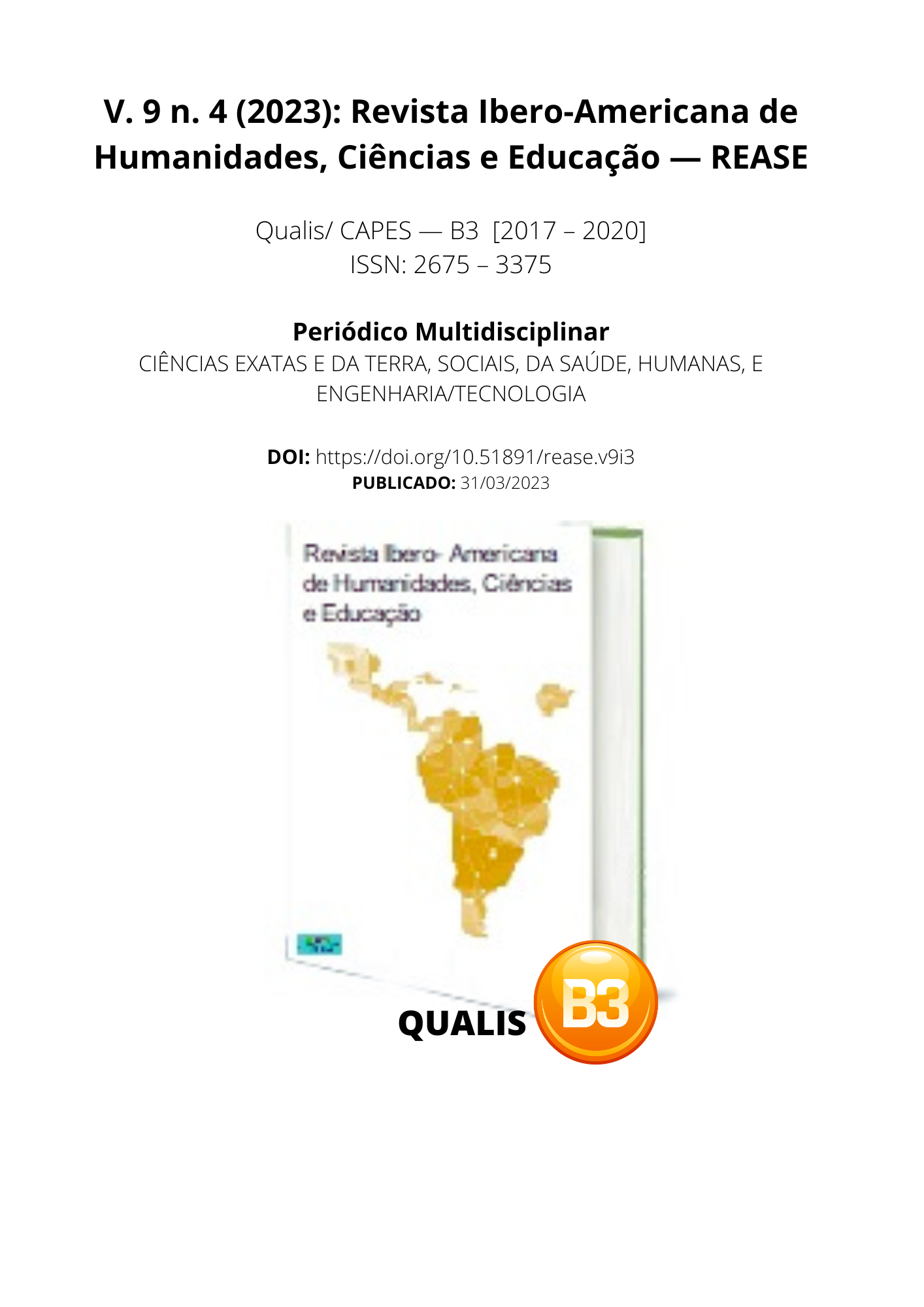THE REGULATION OF INTERNATIONAL ADOPTION AND THE REPRESSION OF THE CRIME OF TRAFFICKING IN MINORS
DOI:
https://doi.org/10.51891/rease.v9i4.9328Keywords:
International adoption. International trafficking of minors. Rights of children and adolescents.Abstract
This article addresses the regulation of international adoption and the repression of the crime of trafficking in minors, demonstrating the method of legal processing of the international adoption procedure, in addition to the risks of trafficking in minors that can occur through illegal methods. It is understood that the objective of the legislation is to protect the best interest of the minor, safeguarding the rights of the child or adolescent who will be placed in a foster family. In addition to being analyzed legislation, conventions and decrees signed over the years will be analyzed in order to provide greater security for the infant. The article was based on concepts brought by scholars and current legislation such as the Statute of Children and Adolescents and the Convention on the Protection of Children and Cooperation in Matters of International Adoption. In this way, the work aims to highlight the importance of international adoption and its benefits, considering that despite being an exceptional method due to the risks of trafficking in minors, it can provide the minor with a dignified life, as well as family living.
Downloads
Downloads
Published
How to Cite
Issue
Section
Categories
License
Atribuição CC BY

